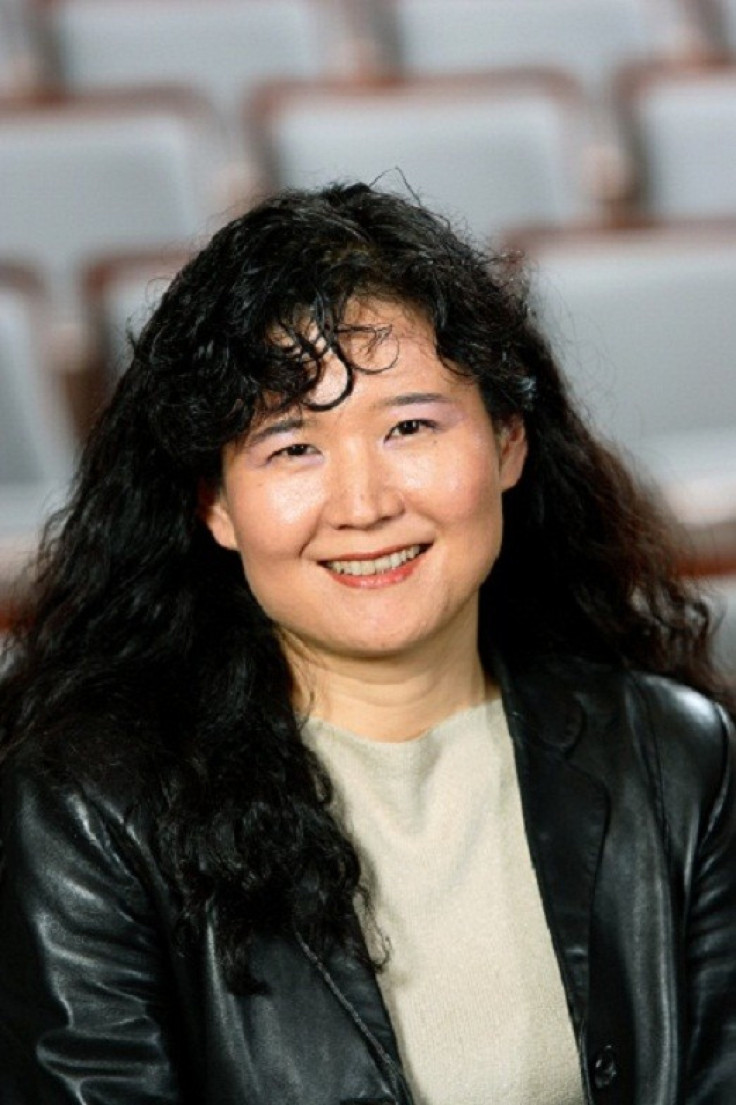Confidence, collective spirit will bring Japan back on growth path: Expert

Professor Yuko Aoyama, Ph.D., from Clark University Geography Department, is an economic/industrial geographer with expertise in global economic change, technological innovation, industrial organization, and cultural economy. She has conducted research on the locational dynamics of the Japanese multinationals, institutional foundations of small business policy in Japan and the US, and employment structure of G-7 countries, as well as technology adoption by consumers in Japan.
Aoyama speaks to IBTimes on Japan's earthquake and the resultant tsunami and their impact on the world's third largest economy.
Below is the interview:
IBT: Will reconstruction increase the scope for the country’s GDP to witness growth in the near future?
Aoyama: On balance, unlikely, as reconstruction will generate economic activities and employment that will spill over to other sectors, damages are considerable and it will take at least a few years for the directly affected area to be rebuilt. Given the magnitude of the tsunami this time, it does pose questions about habitability of certain areas -- in some places the ground has sunk up to three feet and still retails water. It is now widely known that most physical barriers elected for the purpose of preventing damages of the tsunami have been overwhelmed this time. There are anecdotes emerging from some schools whose evacuation plans to higher grounds and frequent drills have paid off.
IBT: Can you specify which local administrations (like Fukushima, Ibaraki etc) will be affected by the tsunami tragedy?
Aoyama: Primarily six prefectures: Miyagi is most affected, followed by Iwate. Fukushima, Ibaragi, Chiba and Aomori are also affected, but lower numbers of death/injuries. There are some casualties in other prefectures however. Also, 9 prefectures around Tokyo are under rolling-blackouts, at least until the end of April.
IBT: Since radiation fears are high in the minds of the Japanese people, do you foresee any viable reconstruction plan in these affected regions?
Aoyama: At the moment, the earthquake/tsunami-affected regions are much larger in scope than the region directly affected by radiation. The reconstruction is already beginning with clearing the debris in areas outside the 30km diameter of Fukushima Daiichi Nuclear Plant, and they are also working hard to restore water/gas/electricity in order to reduce the number of those in the shelter, which are in the upwards of 300,000 people. Radiation fears are high in the minds of the Japanese people, but saving the country from major nuclear disasters are also high in their minds. Brave volunteers among firefighters in Tokyo for example have already been in the media; their morale is very high; they discussed receiving text messages from their spouses understanding their work and asking them to 'save Japan'.
IBT: Will the tragedy see huge migration from the affected regions to safer prefectures? If so, how will it affect the local economy in tsunami-affected prefectures?
Aoyama: Temporary migration is already happening as the affected regions are inhabitable without water/gas/electricity. Whether this leads to permanent migration is another question, and this remains unknown.
IBT: Which are the major industries which have been destabilized due to the quake/tsunami? What will be the effect?
Aoyama: Although the casualties are predicted to be highest on record in the history of Japan from earthquakes and tsunami, the affected regions are comparatively low density with respect to population and industries than other parts of Japan. There are other areas of Japan that are considered the arteries of cities and industries. The most affected are likely to be fisheries, agriculture, but there have been reports of a Sony plant severely damaged by the disasters.
IBT: Can you draw some parlance between post-Hiroshima/Nagasaki tragedy and the current tragedy in Fukushima?
Aoyama: There are tragedies of a completely different nature, with only one thing in common: radiation. The responses of Tokyo Electric are drawing heavy criticisms across the board, for their tardy responses, unclear press releases, and generally complete unpreparedness to disasters.
IBT: Will this tragedy result in further damage to the people in general or will it rejuvenate the collective spirit of the Japanese to revive their economy?
Aoyama: There are already many discussions in the Japanese media about concerns for mental health, starting from those directly affected by the disasters, as well as those who are affected indirectly through exposures to the media accounts. Ongoing frequent and significant aftershocks are highly stressful, as well as scares from reduced logistics (which translates into reduced commodity flow and the inability to find daily necessities) and radiation fears are adding to the stress.
The collective spirit is very high at the moment however; numerous reports on donations are reported in the media to help those who are affected, and various anecdotal stories of volunteers who are taking people into their homes and working at shelters. Also, drivers that are volunteering to drive through Fukushima (although not through the evacuation zone) to get supplies to Miyagi, where demand for food is the highest. Twitter messages call for people to keep their spirits and morale high for the country and unite in the face of great difficulties. Media also frequently reports support from overseas, including heads of states expressing condolences and support for Japan, and those reports seem to matter considerably for the population.
© Copyright IBTimes 2024. All rights reserved.











